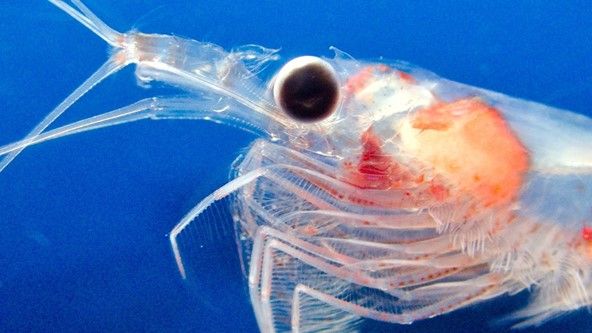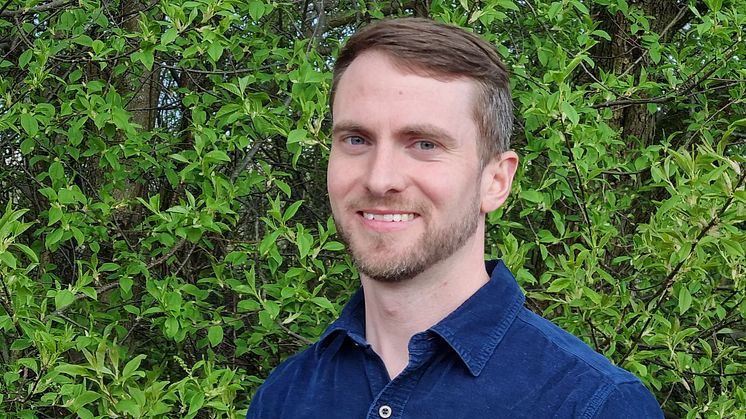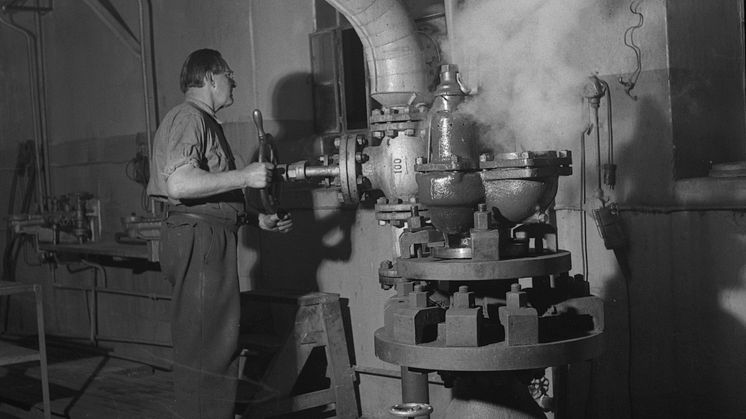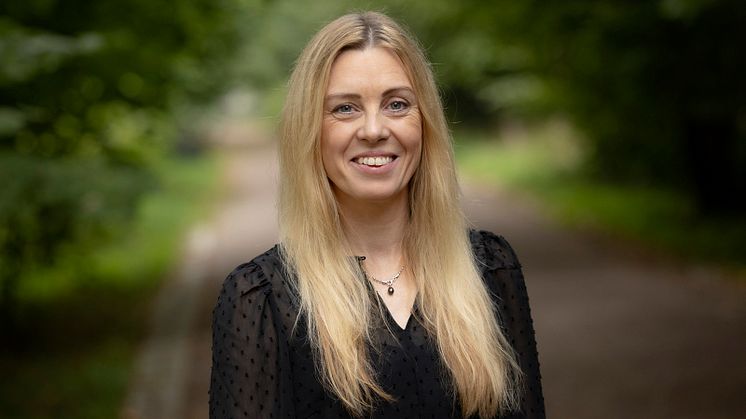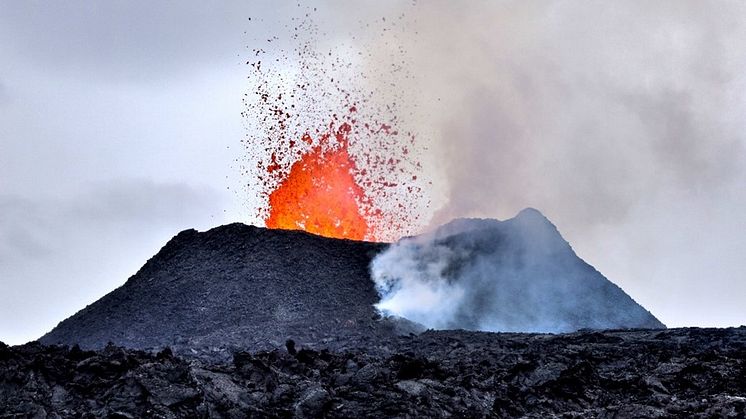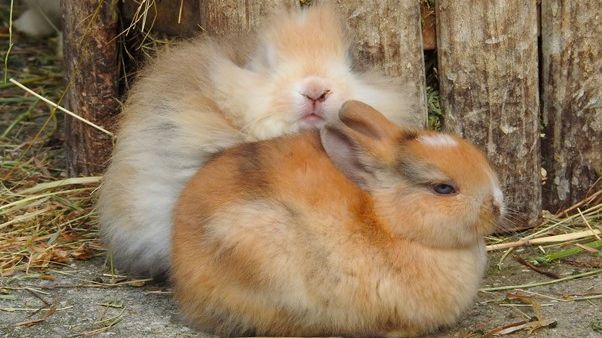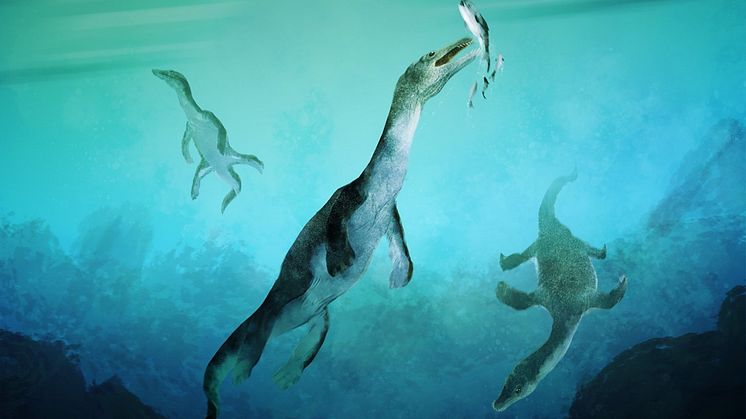Genetic signatures provide prognostic information in colorectal cancer
Using a unique collection of genetic and clinical data for colorectal cancer, researchers at Uppsala University have revealed genetic new alterations and developed of a new molecular classifier of tumour variants. The finding could lead to improved possibilities for individualised therapies. This is shown in study recently published in the journal Nature.

